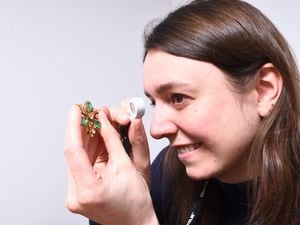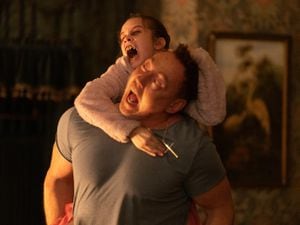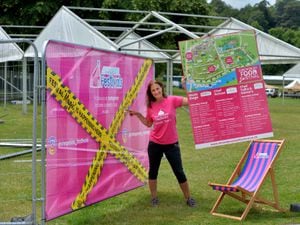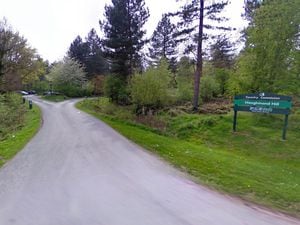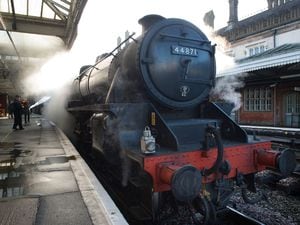A scandal, or normal practice of the day?
The Queen's Hidden Cousins (Channel 4): This was never going to make comfortable viewing, writes Paul Naylor. Any programme that links royalty to scandal splits the nation.
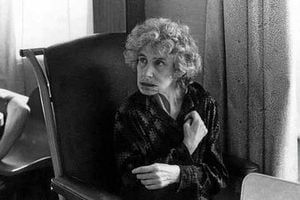
The Queen's Hidden Cousins (Channel 4): This was never going to make comfortable viewing,
. Any programme that links royalty to scandal splits the nation.
There are those who support everything the monarchy does and stands for, while others need little excuse to turn on the family.
The conclusion I drew from watching this 'exposé' is that it was more a comment on how the mentally handicapped were treated last century, rather than specifically Nerissa and Katherine Bowes-Lyon, nieces of the Queen Mother and cousins to our queen.
Later, the programme revealed three further institutionalised cousins. The Fane sisters – first cousins to the Bowes-Lyons – Edonia Elizabeth, Rosemary Jean and Etheldreda Flavia were, like Nerissa and Katherine, admitted to an institution in the early part of the 20th Century.
The documentary makers did their best not to point the finger directly at the monarchy, choosing instead to leave it up to the audience to decide whether decisions made decades ago were in the interests of the five hidden cousins. But, it is Katherine, and to a lesser extent Nerissa, who were the focus here.
Opened in 1855, The Royal Earlswood Hospital in Redhill, Surrey, was the first establishment to cater specifically for people with learning difficulties. The building is now luxury flats. I wonder how many of the millionaires that live there know of its history?
As a new century dawned, and with reform in the NHS, such institutions closed.The Royal Earlswood closed its doors in 1997, but not before being home to Katherine and Nerissa for many, many decades.
John Bowes-Lyon, brother of our beloved Queen Mother, fathered four children. Diana and Anne enjoyed all the trappings of the well-to-do family while Katherine and Nerissa disappeared from view. Their life of privledge was over.
At the early part of the 20th Century, learning difficulties were stigmatised and common practice was to institutionalise 'loved ones'.
So, while Diana and Anne blossomed, becoming bridesmaids in 1947 at Elizabeth's wedding to Prince Philip, little was ever revealed about their siblings.
The girls' mother, Fenella, appears to have been their only visitor over the years, up to her death in 1966. The film makes it clear that this was often the case for thousand of folk in such institutions. It was common for 'residents' never to receive any contact. Certainly no visit, nor gift – not even a birthday or Christmas card. All very sad.
Happily, for many in such hospitals, this was not always the case. It was certainly not the case for my father's eldest sister.
Maureen, or Mo as she was known, was a lovely lady. Mo had spent much of her life in Lea Castle, near Bewdley, and prior to that at a hospital in Bromsgrove.
Unlike the Bowes-Lyon sisters, Mo was never forgotten. I remember, as a small child, being taken to see my grandparents. Mo would frequently be with them for a fortnight at a time and although she had limited communication skills, what she could convey was always a joy – especially to nan and granddad.
In later life Mo moved back in with my grandparents on a permanent basis and was always out and about with either a carer or a member of the family. Mo, who passed away a few years ago, was never hidden. Always in the foreground at family events, she was fun to be around.
In 1963, Burke's Peerage which lists the royal lineage, recorded the Bowes-Lyons within its pages – both girls were reported as dead, with dates to support this falsehood. This was later passed off as a blunder, made due to a breakdown in communication. An unlikely, if convenient retraction.
You draw your own conclusions . . .

